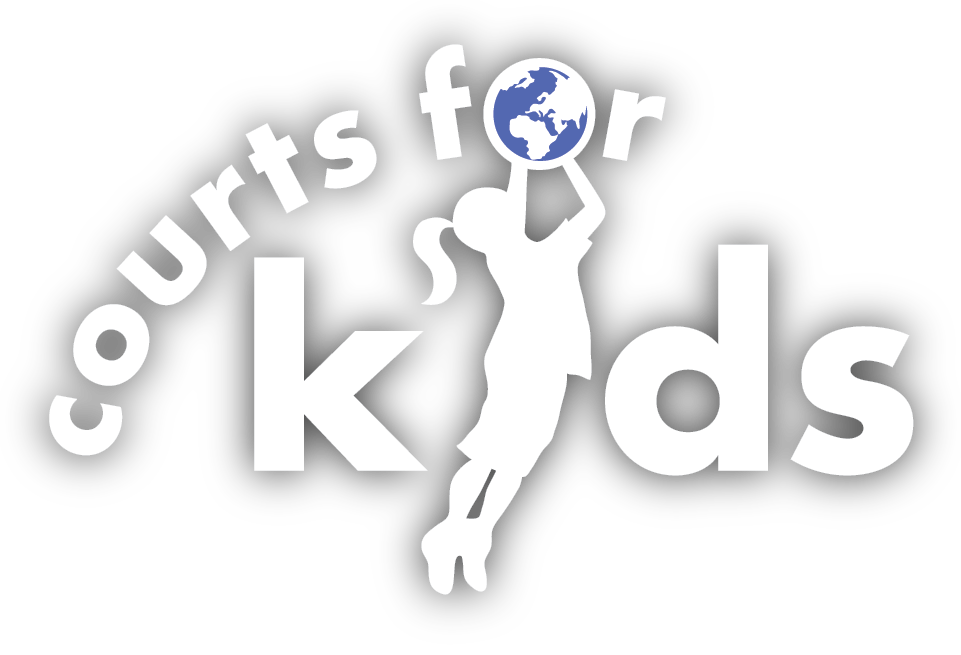Jesuit HS New Orleans in the Dominican Republic
22 high school boys from Jesuit NOLA high school in New Orleans embarked on an adventure to the rural community of Las Cruces, located in the northern territory of the Dominican Republic. Las Cruces is the host site of a second year Peace Corps Volunteer who had captured the pulse of the community. The night the Courts for Kids group arrived by bus, several community members and families had gathered at the community's school to welcome them. The school band played a few songs, and before long, a little bit of bachata dancing broke out. The school was the central location for all of the week's activities. It was where all the boys slept, ate the meals that the local women (Doñas) prepared for them, played dominoes and chess against the locals, and above all, where the court was constructed.
Aside from the new food, language and climate, the biggest adjustment for the group was not having a set schedule everyday, and not knowing exactly when the court would be finished. On some days, the boys were sent out in small teams to complete a checklist of activities that were specific to the Dominican culture. This turned out to be one of the highlights of the trip, as the boys were asked to complete tasks such as: have a local woman brush your hair, ride a donkey, kill and prepare a chicken, sing a serenada (traditional love song) and catch a river crab, just to name a few. These activities not only got the boys out of their protective comfort zones, but it also helped them forge extremely close bonds with the youth of the community, as well as learn a great deal about the Dominican culture.
Aside from the new food, language and climate, the biggest adjustment for the group was not having a set schedule everyday, and not knowing exactly when the court would be finished. On some days, the boys were sent out in small teams to complete a checklist of activities that were specific to the Dominican culture. This turned out to be one of the highlights of the trip, as the boys were asked to complete tasks such as: have a local woman brush your hair, ride a donkey, kill and prepare a chicken, sing a serenada (traditional love song) and catch a river crab, just to name a few. These activities not only got the boys out of their protective comfort zones, but it also helped them forge extremely close bonds with the youth of the community, as well as learn a great deal about the Dominican culture.
With 22 strong young men on the trip and a much smaller court size due to the topography, the team was able to finish the court work much quicker than the average Courts for Kids group. After doing prep work and working on a retaining wall the first couple days, there was one incredible day where all the boys joined forces with some local workers to successfully pour the entire court, as well as dig five foot holes for the hoops. Observers of the work being done that day would surely describe it having seen a machine in motion. It really was a sight to see, and a day the boys will never forget.
With electricity only available for a few hours in the morning and night, it was crucial that the work that required electricity, such as welding, was done during that window of power. It was fitting then, that on the last day, when the court was fully ready, apart from the backboards being welded onto the poles, there was no electricity in the community the morning that the welder came in. The excitement and eagerness to play ball from the locals and the Courts for Kids group in that moment could have been enough to power his tools. When the electricity finally came, it was literally a matter of minutes before the backboards were up, and the court was in full use as the first sports and recreational space in the community's history.





